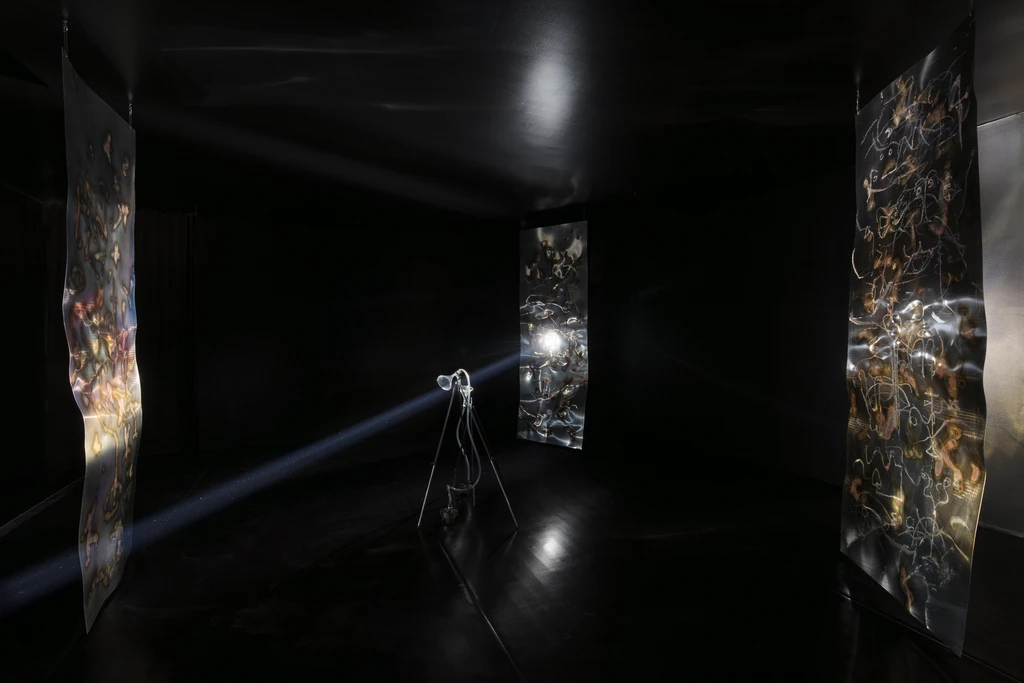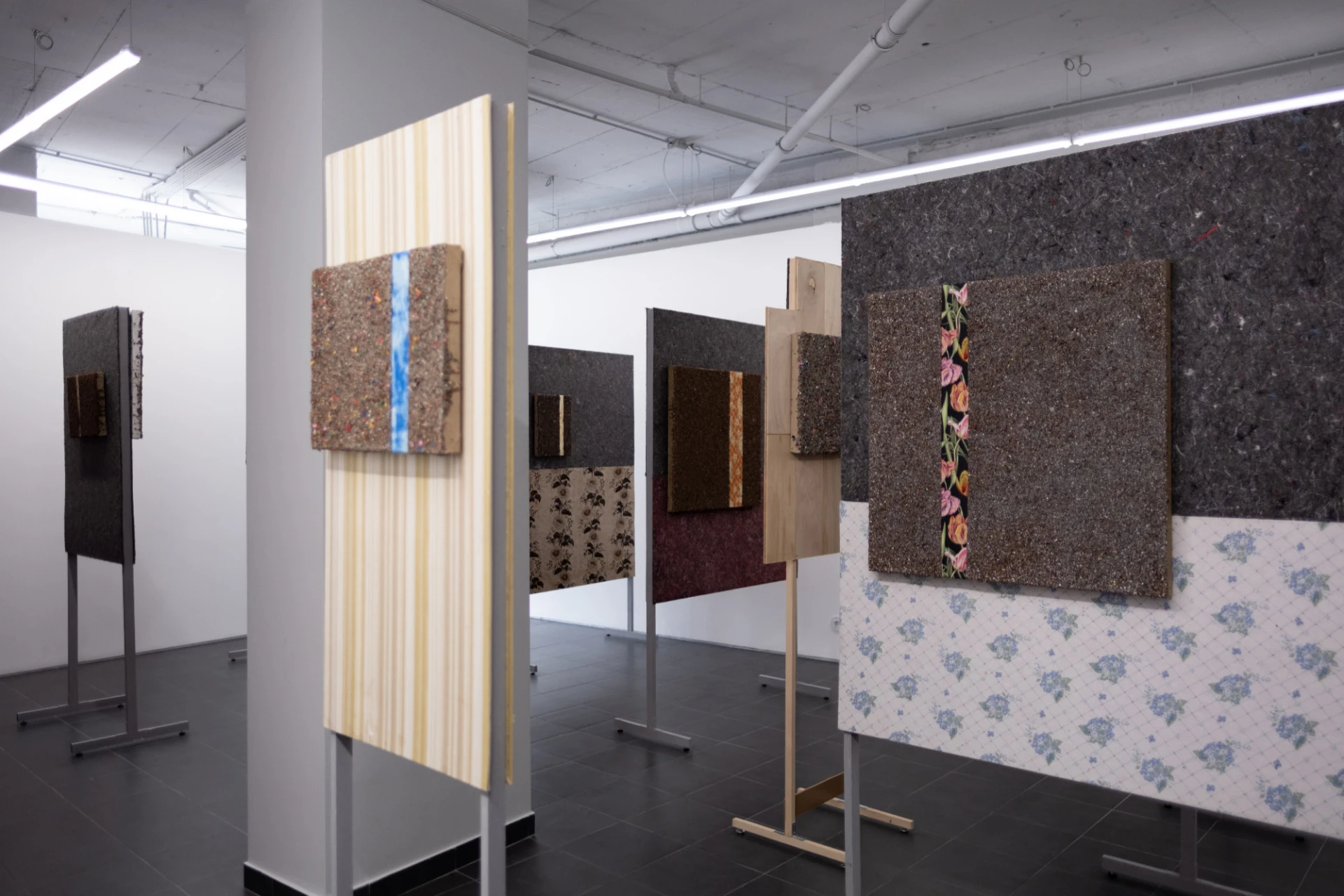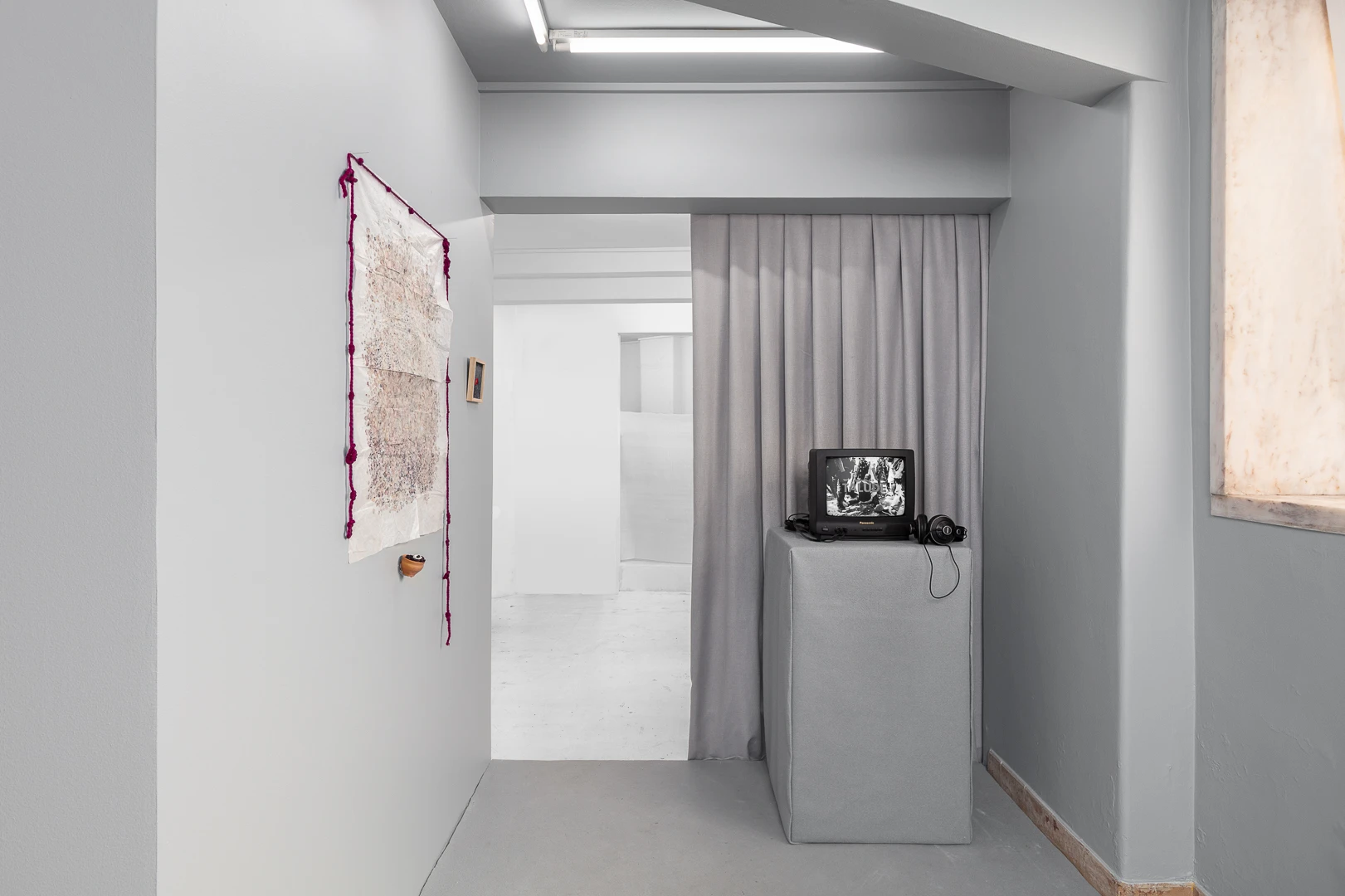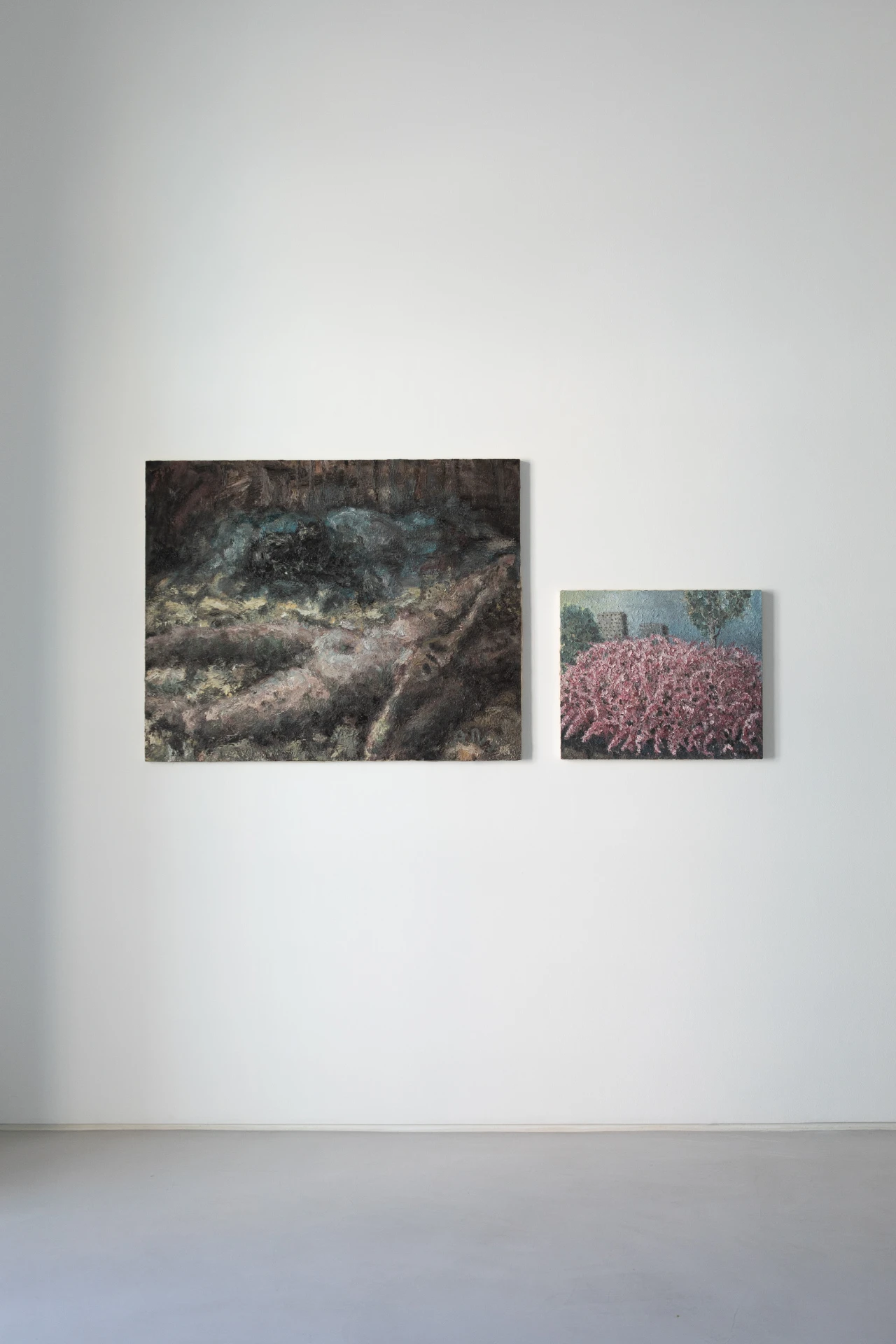article
Aldebaran Caída Por Terra, by Adriana Molder
In the exhibition 'Aldebaran Caída por Terra', on view at the National Museum of Contemporary Art, Adriana Molder focuses on the face as a space of strangeness where fiction, masks, and silences are projected.
The face, that exposed surface, is a place of reading, projection, and concealment. The face is where we look for signs of identity, expression, language, and emotion. But it is also a place of opacity: it can hide as well as reveal, mask, stage, or deceive. And it has occupied a central place in the history of art as an element in continuous reinvention: sometimes idealized, sometimes fragmented. And why insist on the face? Perhaps because it's where the signs of who we are and what we hide are most intensely concentrated.
In the exhibition Aldebaran Caída por Terra, on view at the National Museum of Contemporary Art, Adriana Molder focuses on the face as a space of strangeness where fiction, masks, and silences are projected. The use of the face as a recurring motif does not seem to serve a portrait logic. It's not a question of representing someone, but of making visible a condition – perhaps that of falling, of losing one's place, of an identity detached from one's image. The exhibition´s title summons up the image of a star that has come down from the sky, Aldebaran, reinforcing this reading. Something has fallen apart here – the face as a trace of a fall, of a symbolic collapsing body.
The exhibited works form a set that oscillates between the pictorial and the sculptural. They are faces painted in oil pastel or Indian ink on irregular or shaped supports, with a physicality that defies the two-dimensional plane. The shapes suggest fragments of something bigger, faces that don't quite become bodies, hanging from the wall by strings. Together, they set up an installation that occupies the space by levitating, where everything is in suspension.
The paintings are distributed over three rooms in several nuclei. Some appear isolated on monochrome backgrounds - red, yellow, and black; others make up an installation of fragments with different colors and sizes, creating a dense and saturated visual field close to dramaturgical logic. There is something theatrical in how the paintings are presented: suspended, and staged, as if they occupied an invisible stage. The arrangement of the works in the space evokes scenes or acts, moments of appearance, confrontation, or silence.
And just as in tragedy or fables, these faces don't explain but rather suggest, insinuate, and leave things open-ended. They have a tension between appearance and the unspeakable as if each face were the echo of a story lost in time. It's no surprise, therefore, that the artist summons the literary universe as a reference. Adriana Molder mentions Karen Blixen's Sete Contos Góticos as the subject that runs through the exhibition – the exhibition's title is exactly a quote from the story The Roads Round Pisa. Like Blixen's texts, Molder's images seem to be inhabited by enigmas, by zones of shadow and enchantment that are revealed both in the visual language and in the exhibition's set-up.
Offering a star fallen from the sky resonates with artistic practice: it is transforming into a gift that has already fallen or been lost. Collecting fragments, images, and traces, and using them to compose a constellation of figures, is to shelter pieces of a fall or memory in an attempt to recreate meaning. It's a gesture that summons ghosts to give them recognition.
By insisting on the face as an enigma, Adriana Molder transforms the exhibition into an attention exercise, not so much to what is seen, but to what insists on remaining hidden, to the shapes that emerge from the shadow - like someone offering a fallen star.
The exhibition Aldebaran Caída por Terra, is on display at the National Museum of Contemporary Art (MNAC) until June 22, 2025.
BIOGRAPHY
Laurinda Branquinho (Portimão, 1996) has a degree in Multimedia Art - Audiovisuals from the Faculty of Fine Arts of Universidade de Lisboa. She did an internship in the Lisbon Municipal Archive Video Library, where she collaborated with the project TRAÇA in the digitization of family videos in film format. She recently finished her postgraduate degree in Art Curatorship at NOVA/FCSH, where she was part of the collective of curators responsible for the exhibition “Na margem da paisagem vem o mundo” and began collaborating with the Umbigo magazine.
ADVERTISING
Previous
article

31 May 2025
After Smoke and Mirrors, at Centro de Arte Oliva
By Mariana Machado
Next
article

04 Jun 2025
Forma Primeira, by Francisco Pedro Oliveira
By Mariana Machado
Related Posts



-nwaos.jpg)